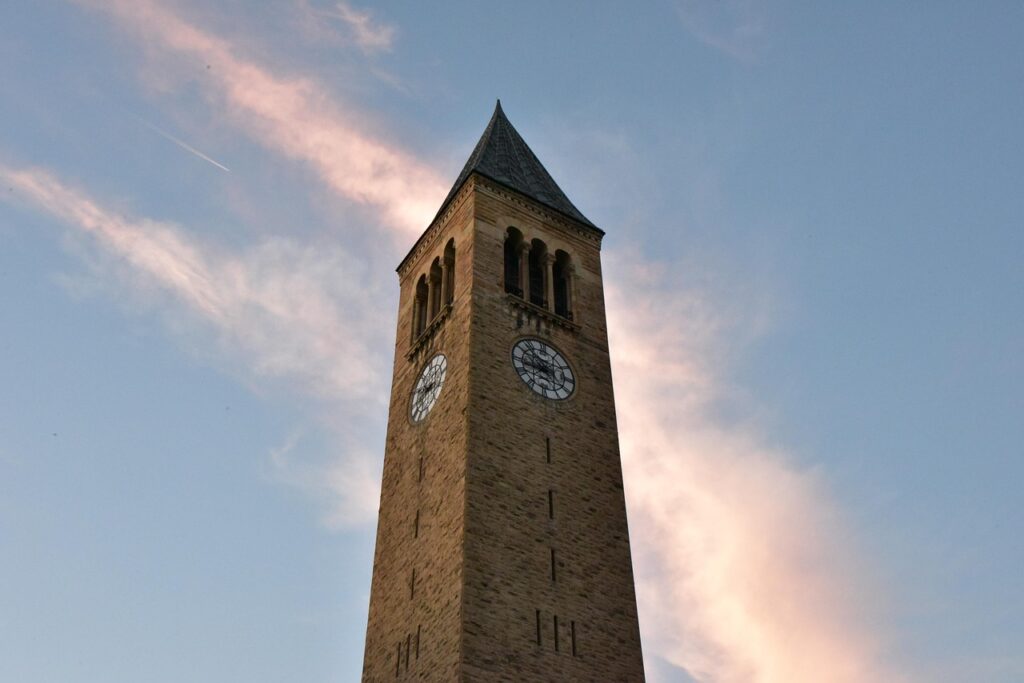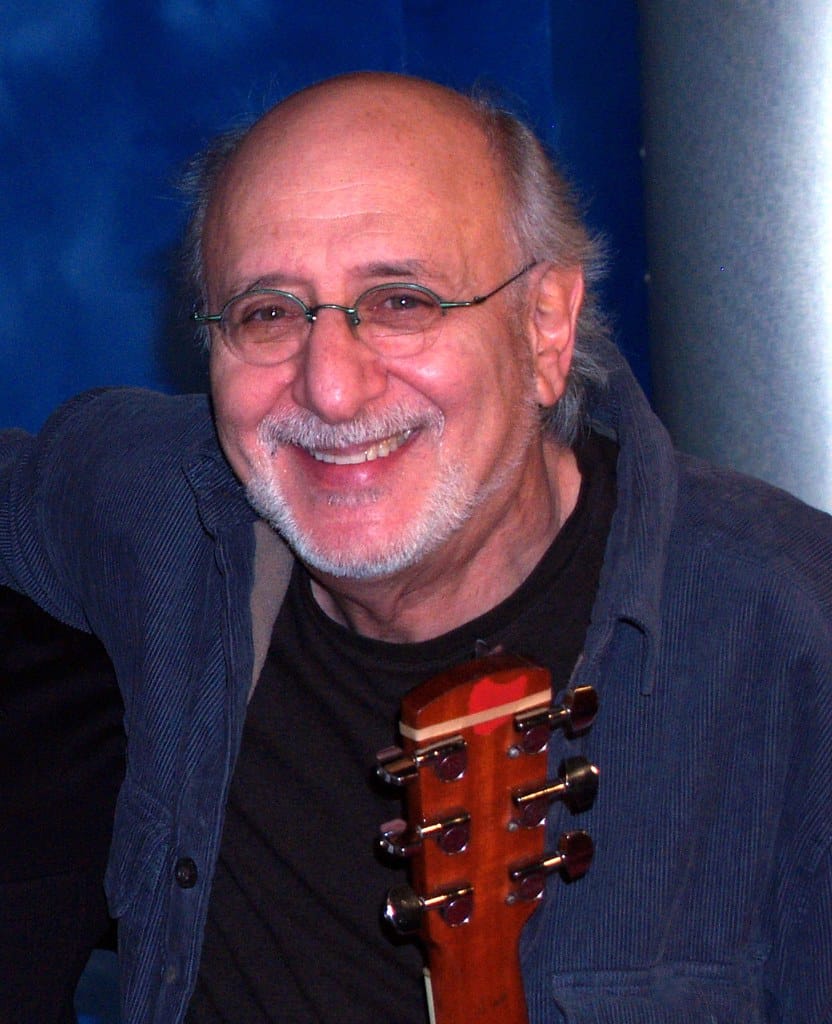
The folk music world, and indeed the broader landscape of social activism, mourns the passing of Peter Yarrow, a founding member of the iconic trio Peter, Paul and Mary. Yarrow, a singer-songwriter whose impassioned harmonies transfixed millions, died on Tuesday in New York at the age of 86, following a four-year battle with bladder cancer. His publicist, Ken Sunshine, confirmed his passing, marking the close of a life profoundly dedicated to music and social change.
“Our fearless dragon is tired and has entered the last chapter of his magnificent life,” his daughter Bethany Yarrow said in a statement. She added, “The world knows Peter Yarrow the iconic folk activist, but the human being behind the legend is every bit as generous, creative, passionate, playful, and wise as his lyrics suggest.” Yarrow’s journey was one woven deeply into the fabric of American counterculture, a testament to the power of song as both a comfort and a catalyst for change.
From his early academic pursuits to the formation of one of the most beloved folk groups of all time, and through their rise as a soundtrack to momentous social movements, Yarrow’s influence was undeniable. His artistic vision, coupled with a deep-seated belief in the capacity of music to foster a more humane and equitable world, shaped not only his career but also the consciousness of a generation. This retrospective explores the formative chapters of his life and the indelible mark he left on history.
1. **Early Life and Academic Foundations**Peter Yarrow was born on May 31, 1938, in New York, into an upper-middle-class family that fostered a high regard for art and scholarship. His early education included violin lessons, a common pursuit for children in musically inclined households. This initial classical training provided a foundation for his later instrumental work, even as his interests began to pivot towards more popular forms of music.
As he matured, Yarrow’s musical inclinations shifted, leading him to embrace the guitar and the burgeoning folk music movement. He found inspiration in the works of seminal figures like Woody Guthrie and Pete Seeger, whose authentic voices and socially conscious lyrics resonated deeply with him. This transition from violin to guitar symbolized a larger embrace of the folk tradition’s accessibility and its power as a medium for storytelling and protest.
His academic path initially led him to Cornell University, where he majored in physics. However, his intellectual curiosity soon guided him to switch his focus, ultimately earning a bachelor’s degree in psychology. It was during his senior year at Cornell that Yarrow discovered his true calling, working as a teaching assistant for a class in American folklore, an experience he described as transformative.
He recalled accepting the teaching assistant role “for the money because I wanted to wash dishes less and play guitar more.” This practical motivation quickly blossomed into a profound realization as he observed the emotional impact of music on his students. Leading the class in song, he witnessed how “these young people at Cornell who were basically very conservative in their backgrounds opening their hearts up and singing with an emotionality and a concern through this vehicle called folk music.” This experience provided a crucial “clue that the world was on its way to a certain kind of movement, and that folk music might play a part in it and that I might play a part in folk music.”
Read more about: Tony Roberts, Urbane Stage and Screen Veteran, Dies at 85: A Life Defined by Versatility and Woody Allen Collaborations
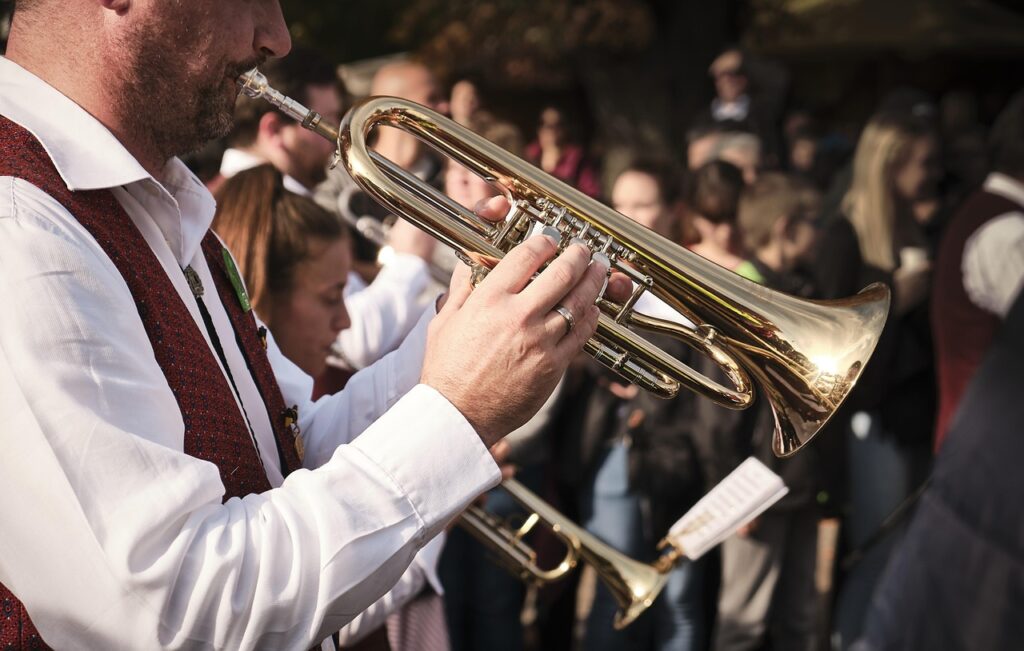
2. **The Crafting of a Legendary Trio**After graduating from Cornell in 1959, Yarrow returned to New York, where he embarked on the challenging life of a struggling Greenwich Village musician. It was in this vibrant, bohemian cultural hub that he sought to carve out his niche, honing his craft and performing in local clubs. His dedication to folk music was unwavering, even amidst the uncertainties of an aspiring artist’s life.
His trajectory changed significantly after a fateful encounter with Albert Grossman, an impresario who would later manage luminaries such as Bob Dylan and Janis Joplin. At the time, Grossman was actively seeking to assemble a folk group that could rival the immense popularity of the Kingston Trio. Grossman envisioned a trio featuring a female singer, complemented by a member capable of engaging audiences with comic patter.
Yarrow proved instrumental in realizing this vision. He suggested Noel Stookey, a guitar-strumming Greenwich Village comic he had observed, for the role of the witty performer. Stookey, who would adopt his middle name, Paul, for the group’s moniker, brought not only musical talent but also a distinct stage presence. Stookey was also a friend of Mary Travers, a well-regarded singer who had already performed and recorded with Pete Seeger in her teenage years.
Despite her experience, Travers was initially gripped by stage fright and hesitant to join Yarrow and Stookey. Her reluctance subsided, however, after she heard the seamless blend of her contralto voice with Yarrow’s tenor and Stookey’s baritone. Yarrow vividly recalled their first collective performance: “We called Noel up. He was there. We mentioned a bunch of folk songs, which he didn’t know because he didn’t have a real folk-music background, and wound up singing ‘Mary Had a Little Lamb.’ And it was immediately great, was just as clear as a bell, and we started working.” This initial chemistry quickly solidified, setting the stage for their legendary collaboration.
Read more about: The Indelible Reign of Prince: A Forbes Retrospective on the Musical Genius, Financial Acumen, and Cultural Impact of an Icon
3. **Ascension to Stardom: Early Albums and Hits**Following months of diligent rehearsal and meticulous crafting of their sound, Peter, Paul and Mary rapidly transitioned from a promising new act to an overnight sensation. Their debut, self-titled album, released in 1962, propelled them into the national spotlight with remarkable speed. It was an instant success, demonstrating the potent appeal of their harmonious blend and socially conscious repertoire.
The album, “Peter, Paul and Mary,” achieved a rare feat for a folk recording of its time, soaring to No. 1 on the Billboard album chart. Its commercial and critical triumph was sustained, holding the top position for more than a month. This early success established the trio as a dominant force in the folk music revival, captivating audiences with their earnest performances and evocative lyrics.
Their subsequent albums continued this impressive trajectory. “In the Wind,” their second release, climbed to No. 4 on the Billboard chart, further solidifying their presence. Their third album, “Moving,” once again reached the No. 1 spot, underscoring their consistent appeal and ability to produce chart-topping content. The trio scored early hits with anthems such as “If I Had a Hammer” and “Lemon Tree,” becoming household names across America.
Peter, Paul and Mary remained chart mainstays between their early 1960s breakout and their 2004 finale with “In These Times,” releasing a dozen albums over their career. Their low-key vibe and vocally endearing covers, alongside their original compositions, resonated with a wide audience, making them a defining sound of the decade.
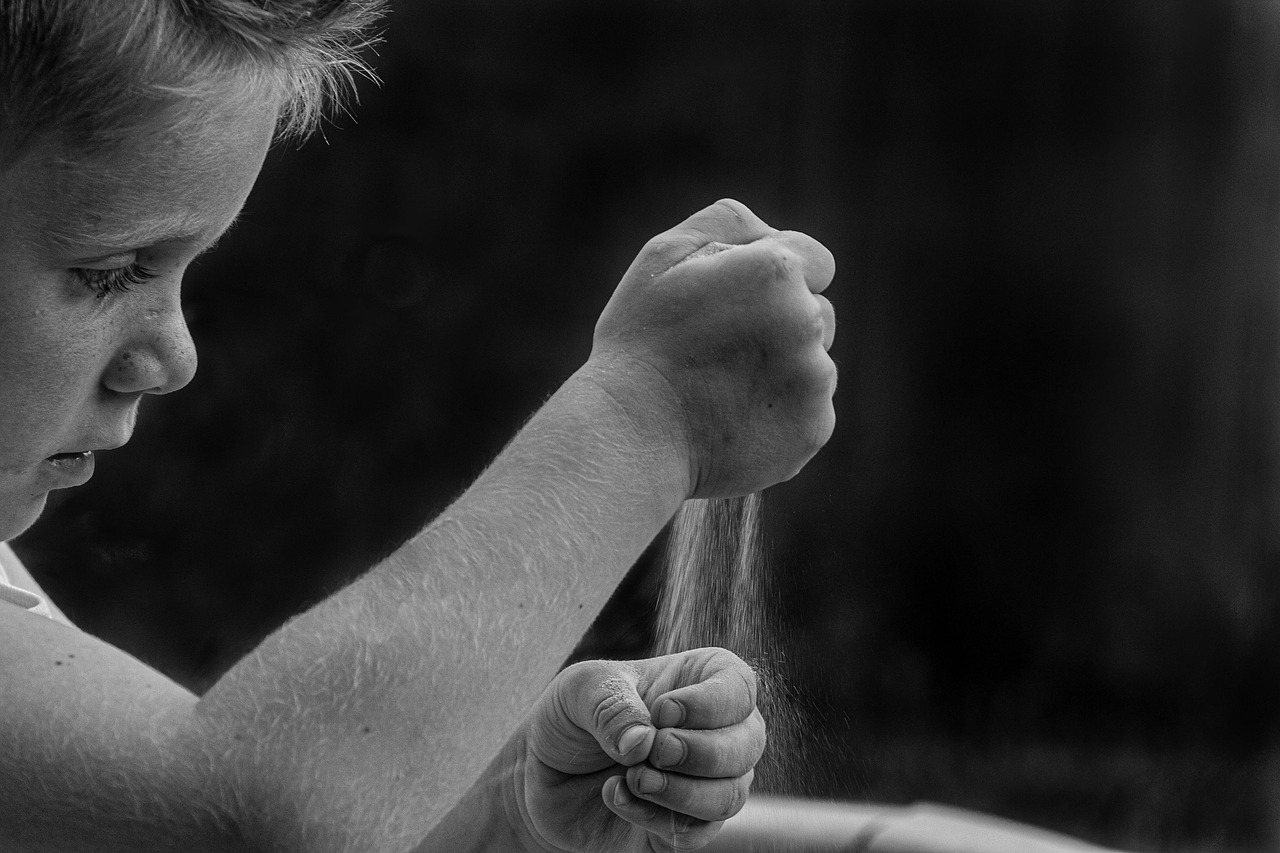
4. **“Puff the Magic Dragon”: A Timeless Narrative**Among Peter Yarrow’s most enduring contributions to the folk canon is “Puff the Magic Dragon,” a song he co-wrote during his Cornell years with his college friend Leonard Lipton. Released in 1963, this iconic track became a signature piece for Peter, Paul and Mary, achieving widespread crossover appeal on pop, easy listening, and R&B charts, and easily assimilating as a cherished children’s singalong.
The song tells the poignant tale of Jackie Paper, a young boy who shares countless adventures with his imaginary dragon companion, Puff. However, as Jackie grows older, he inevitably outgrows such childhood fantasies, leaving a heartbroken Puff behind. As Yarrow himself explained the song’s central theme, “A dragon lives forever, but not so little boys,” encapsulating the bittersweet transition from childhood innocence to adulthood.
Despite its clear narrative about the loss of childhood innocence, “Puff the Magic Dragon” became the subject of persistent speculation regarding hidden drug references. Some listeners insisted they heard allusions to marijuana, a contention famously parodied in the film “Meet the Parents,” where Ben Stiller’s character irritates Robert De Niro’s by suggesting “puff” referred to marijuana smoke.
Yarrow consistently maintained that the song held no such double meaning, firmly asserting that it reflected nothing more than the profound emotional experience of moving beyond childhood. His steadfast explanation emphasized the song’s pure intentions as a narrative about growing up and the imaginative world of youth. The song’s enduring power lies in its ability to evoke universal feelings of nostalgia and the ephemeral nature of youthful dreams. Yarrow received an Emmy nomination in 1979 for the animated film adaptation of “Puff the Magic Dragon,” a testament to its widespread cultural impact.
Drop files to upload

5. **A Voice for Justice: The Civil Rights Movement**Peter, Paul and Mary were more than just entertainers; they were vocal proponents of social justice, and their music became an integral part of the Civil Rights movement. The trio’s impassioned harmonies provided a powerful soundtrack to the era’s struggle for equality, deeply aligning their artistry with the calls for social change that swept across the nation. Their commitment to the cause was unwavering, manifesting in their performances and personal advocacy.
Their most iconic contribution to the movement was their participation in the historic March on Washington in August 1963. Invited by Harry Belafonte, the trio stood on the steps of the Lincoln Memorial, performing their cover of Bob Dylan’s “Blowin’ in the Wind” alongside the Rev. Martin Luther King Jr., just moments before King delivered his seminal “I Have a Dream” speech. This performance etched them into the annals of American history, solidifying their status as artists who actively contributed to a pivotal moment.
Years later, Yarrow reflected on the profound significance of that day: “At the time, the country was saying a pledge of allegiance, ‘With liberty and justice for all,’ but it was fatuous because it wasn’t for all.” He pointed out the pervasive racial discrimination of the era, noting that “People of color did not have justice. They did not have freedom. They couldn’t vote. In Washington, D.C., if you were a person of color, you couldn’t use a public bathroom. You couldn’t use the water fountain unless it said, ‘For colored only.’”
Their decision to participate was clear-cut. “So when Peter, Paul and Mary were approached by Harry Belafonte, we, of course, said yes. We were well prepared to sing what we sang.” This deeply held belief in the moral imperative of justice and equality infused their performances, transforming their songs into anthems that resonated with the aspirations of millions seeking fundamental human rights. Their presence at such a crucial event underscored their dedication to a cause far greater than musical fame.
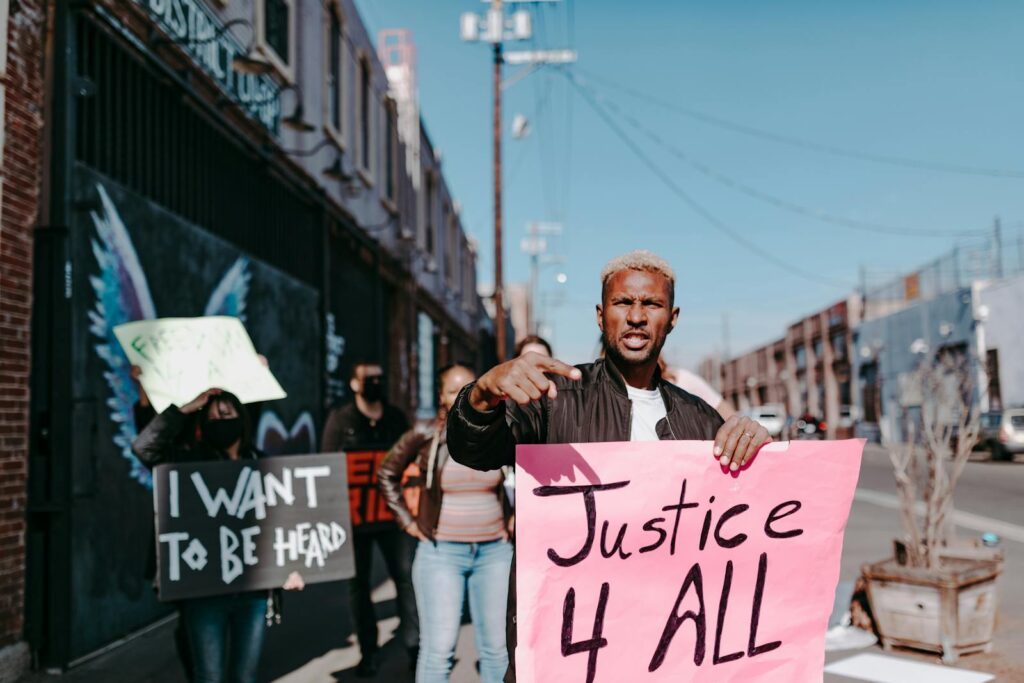
6. **Music as Protest: The Anti-War Stance**Beyond their significant involvement in the Civil Rights movement, Peter, Paul and Mary also emerged as prominent voices in the burgeoning anti-Vietnam War movement. Their musical output frequently addressed themes of conflict, injustice, and the yearning for peace, making them cultural touchstones for a generation disillusioned by war. They understood the power of folk music to galvanize public opinion and offer solace amidst turmoil.
From their earliest albums, the trio sang out against war and injustice, incorporating songs that reflected the era’s profound anxieties. Works such as Pete Seeger’s “If I Had a Hammer” and “Where Have all the Flowers Gone,” alongside Bob Dylan’s “Blowin’ in the Wind” and “When the Ship Comes In,” became staples of their repertoire. These songs, infused with their harmonious vocals, transcended mere entertainment to become anthems of dissent and hope.
Yarrow articulated his philosophy on the role of folk music in a 2017 interview, asserting that “No song that Peter, Paul, and Mary ever sang – and this is true of all folk music – was simply a protest against something. It was always, also, the intention of those songs to build something wonderful, better, more humane, more equitable. That’s folk music.” This perspective underscored their dual purpose: to critique existing injustices while simultaneously envisioning and advocating for a more harmonious future.
Their activism extended beyond their recordings and concert stages. Yarrow, along with Travers and Stookey, actively supported Democratic Senator Eugene McCarthy’s 1968 presidential bid, demonstrating their commitment to political engagement as a means of achieving change. Their participation in such campaigns exemplified their belief that music could be a direct catalyst for societal improvement, not merely a reflective art form. The trio’s voice became synonymous with the conscience of a generation, continually challenging the status quo.

7. **Amplifying Bob Dylan’s Early Genius**Peter, Paul and Mary played a pivotal role in introducing Bob Dylan’s songwriting genius to a wider mainstream audience during the early 1960s. While Dylan was already a recognized figure within the folk scene, it was the trio’s polished and accessible interpretations of his work that propelled his compositions into the national consciousness, transforming them into Billboard Top 10 hits. This symbiotic relationship was crucial for both artists, amplifying Dylan’s messages and broadening Peter, Paul and Mary’s repertoire.
Their rendition of Dylan’s “Blowin’ in the Wind” became an enduring anthem, reaching a massive audience and solidifying its status as a quintessential protest song. Similarly, their cover of “Don’t Think Twice, It’s All Right” further showcased the depth and poeticism of Dylan’s writing. These successful interpretations not only garnered significant commercial success for the trio but also served to validate Dylan as a formidable and relevant songwriter on a national scale.
Yarrow’s connection to Dylan was further highlighted by his role at the iconic Newport Folk Festival in 1965, an event famously remembered for Dylan’s controversial “going electric” performance. Yarrow was an active member of the festival board and served as the emcee for the show. In a moment captured in the 2024 biopic “A Complete Unknown,” Yarrow famously begged Dylan to return to the stage after his blistering, electric set to play another song, attempting to appease a mixed, and in some cases, hostile audience.
Dylan eventually complied, taking Yarrow’s acoustic guitar to perform “It’s All Over Now, Baby Blue.” This moment underscored Yarrow’s close proximity to and influence within the folk music community, showcasing his ability to navigate complex situations and his profound respect for fellow artists, even amidst artistic upheaval. His commitment to the integrity of folk music, and his keen eye for emergent talent like Dylan’s, cemented his place as a crucial figure in the genre’s evolution.
The arc of Peter Yarrow’s life, while celebrated for its soaring musical triumphs and profound social impact, also encompassed significant personal and professional challenges that tested his resolve and shaped his later years. These periods of adversity, alongside his continued dedication to activism and musical creation, offer a deeper understanding of the complex figure he remained throughout his remarkable journey. As the spotlight shifted, Yarrow navigated trials with a steadfast commitment to self-reflection and a persistent hope for a better world.

8. **The 1969 Controversy and Conviction**The immense success and public adoration that defined Peter Yarrow’s early career were, for a period, overshadowed by a deeply personal controversy that emerged in 1969. This incident involved a 14-year-old girl who, accompanied by her older sister, had sought an autograph in his Washington, D.C., hotel room. Yarrow, who answered the door unclothed, subsequently faced serious accusations regarding his conduct during their encounter.
The allegations led to legal proceedings, culminating in Yarrow pleading guilty in 1970 to taking “immoral and indecent liberties” with the teenager. This admission of guilt marked a profound turning point in his public life, bringing an abrupt halt to the unimpeded trajectory of Peter, Paul and Mary’s initial success. The consequences of this action were immediate and severe, affecting both his career and his public image.
Following his conviction, Peter Yarrow served three months in jail, a period of incarceration that underscored the gravity of his actions and the profound impact on his life and career. The shadow of this event, particularly as societal norms and awareness around sexual misconduct evolved, continued to follow him, notably impacting his reputation during the #MeToo era and leading to disinvitations from various public events in later years.
Read more about: Richard Chamberlain’s Enduring Legacy: A Look at the ‘Strong in Rule’ Namesakes Shaping Entertainment and History
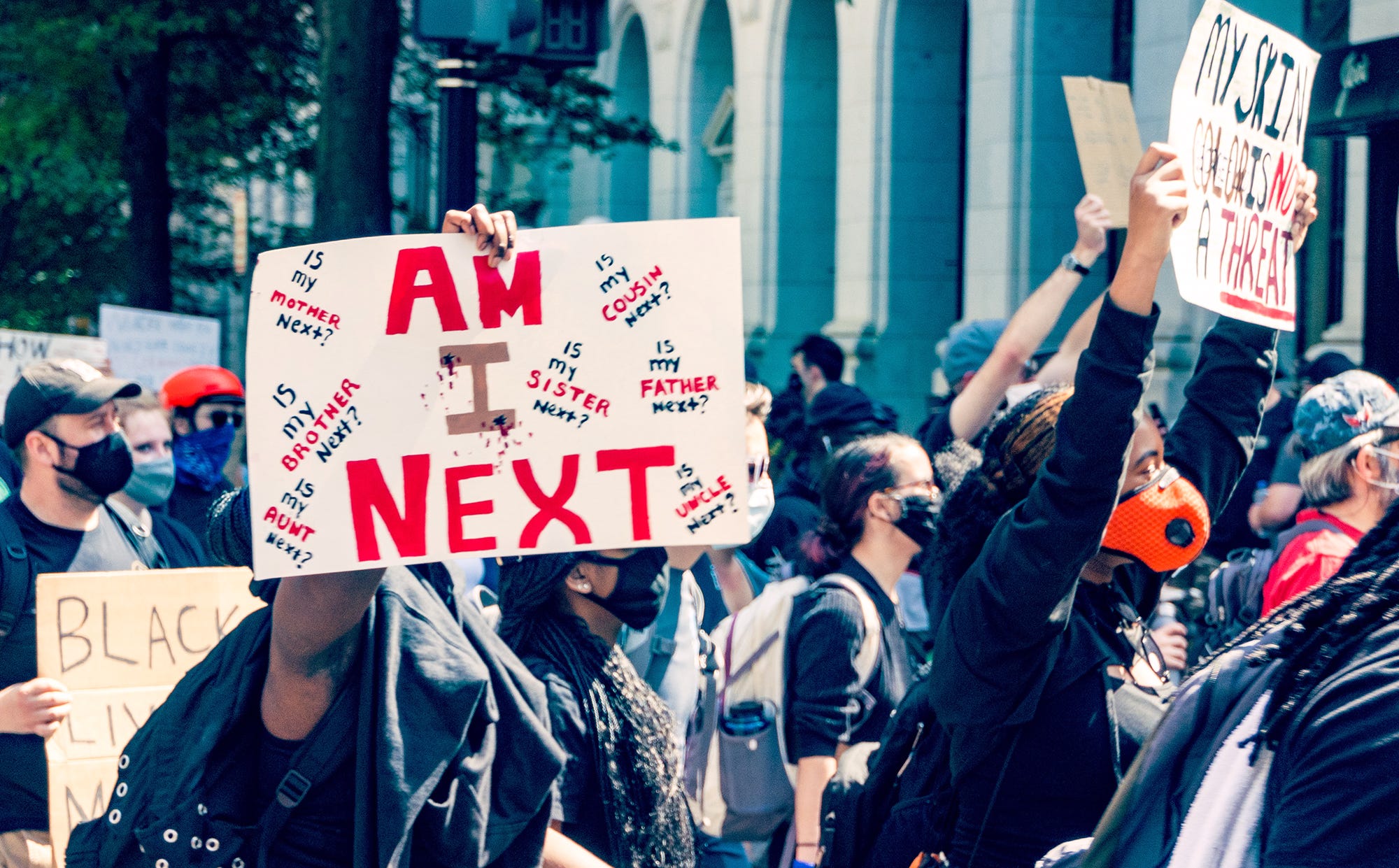
9. **Pardon and Decades of Apologies**Despite the legal repercussions and public scrutiny, a measure of official closure arrived over a decade later. In 1981, President Jimmy Carter granted Peter Yarrow a presidential pardon for his offense, an act that offered some formal recognition of the time served and the efforts Yarrow had made towards rehabilitation. This pardon occurred on the same day President Carter’s casket arrived in Washington, a notable, if coincidental, alignment of public figures.
In the decades that followed his conviction and release, Yarrow consciously adopted a more subdued public profile. He consistently expressed remorse for his actions, repeatedly offering apologies for the pain and injury he had caused. This ongoing process of acknowledgment and contrition became a significant, albeit private, aspect of his public persona, reflecting a sustained effort to reconcile with his past.
His unwavering commitment to confronting his past was powerfully articulated in a 2019 statement to The New York Times, issued after an invitation to a festival was withdrawn. Yarrow affirmed, “I fully support the current movements demanding equal rights for all and refusing to allow continued abuse and injury — most particularly of a sexual nature, of which I am, with great sorrow, guilty.” He further emphasized, “I do not seek to minimize or excuse what I have done and I cannot adequately express my apologies and sorrow for the pain and injury I have caused in this regard.”
10. **The Trio’s Disbandment and Solo Endeavors**In 1970, concurrent with the legal challenges Peter Yarrow faced, Peter, Paul and Mary made the decision to disband, allowing each member to pursue individual artistic paths. This hiatus, following a remarkable run of success, presented an opportunity for Yarrow to explore his own songwriting and musical expressions outside the group’s established dynamic, fostering a period of individual creative growth.
During this time, Yarrow continued to write and co-write songs, demonstrating his prolific talent beyond the trio’s harmonized folk anthems. One notable example of his solo compositional work is the 1976 hit “Torn Between Two Lovers,” which he co-wrote and which found significant commercial success for singer Mary MacGregor. This achievement highlighted Yarrow’s versatility and enduring knack for crafting resonant melodies and lyrics.
His solo contributions extended beyond commercial hits, encompassing other significant compositions that reflected his deep-seated beliefs and ongoing commitment to social commentary. Among these were the civil rights anthem “No Easy Walk to Freedom,” co-written with Margery Tabankin, and “Light One Candle,” a song that carried a powerful message for peace in Lebanon. These works demonstrated Yarrow’s continued use of music as a vehicle for advocacy and global awareness.
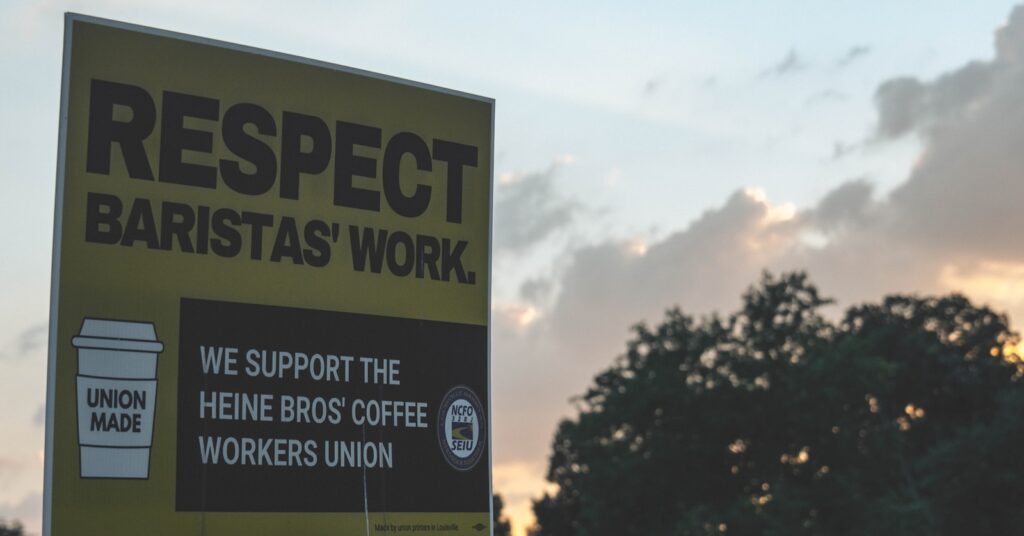
11. **Enduring Activism: Beyond Peter, Paul and Mary**Despite the personal challenges and the temporary hiatus of his iconic trio, Peter Yarrow’s commitment to social activism remained undiminished, serving as a constant thread throughout his life. He firmly believed in music’s capacity not merely to protest injustice but to actively build a more compassionate and equitable world, a philosophy he articulated consistently across his career. His activism transcended his music, becoming a fundamental part of his identity.
His unwavering dedication to social causes was powerfully demonstrated through his organizational efforts beyond the stage. In 1978, Yarrow was instrumental in organizing “Survival Sunday,” a significant anti-nuclear benefit show held at the Hollywood Bowl. This event brought together artists and activists to raise awareness and support for the burgeoning movement against nuclear power, showcasing his ability to rally collective action.
A profound testament to his enduring commitment was the founding of Operation Respect in 2000, a non-profit organization dedicated to combating school bullying and addressing its mental health effects. Yarrow’s vision for this initiative stemmed from his belief in fostering environments of respect and understanding for children, transforming his artistic influence into tangible social programs. The organization became a cornerstone of his later work, reflecting a lifetime dedicated to nurturing positive change.
Yarrow himself encapsulated his guiding philosophy in a 2017 interview, stating, “No song that Peter, Paul, and Mary ever sang – and this is true of all folk music – was simply a protest against something. It was always, also, the intention of those songs to build something wonderful, better, more humane, more equitable. That’s folk music.” This statement eloquently articulated his conviction that music’s true power lay in its constructive potential, not solely in its capacity for critique.

12. **Reunions and Continued Performances**The separation of Peter, Paul and Mary proved to be a temporary measure, as the magnetic appeal of their harmonies and shared purpose drew them back together. Their first significant reunion occurred in 1978, precisely for the “Survival Sunday” anti-nuclear-power concert that Yarrow had meticulously organized in Los Angeles, signaling a renewed commitment to their collective voice both musically and politically. This event marked an eight-year hiatus in their group performances.
Following this impactful return, the trio officially reunited in 1981, embarking on a new chapter of their storied career. They continued to perform together regularly throughout the 1980s, 1990s, and into the 2000s, delighting generations of fans with their timeless repertoire and unwavering message of hope and activism. Their consistent presence on stage underscored the deep bond they shared and the enduring relevance of their music.
This cherished period of reunion and performance continued until 2009, when Mary Travers, whose powerful contralto voice was an integral part of their sound, passed away after a battle with leukemia. Her death marked the definitive end of the iconic trio in its original configuration. Nevertheless, Peter Yarrow and Noel Paul Stookey continued to honor their legacy, performing both separately and occasionally together, keeping the spirit of Peter, Paul and Mary alive for their devoted audience.
Read more about: Rick Davies, Supertramp Co-Founder: A Comprehensive Look at His Enduring Legacy and the Revealed Cause of Death
13. **Personal Life: Family and Relationships**Beyond his public persona as a folk icon and activist, Peter Yarrow’s personal life was marked by significant relationships, particularly his marriage to Mary Beth McCarthy. He met her, the niece of Democratic Senator Eugene McCarthy, at a campaign event during the senator’s 1968 presidential bid, a testament to how his political engagement often intersected with his private life. The couple married the following year, in 1969.
Together, Peter and Mary Beth Yarrow built a family, welcoming two children into their lives: a son, Christopher, and a daughter, Bethany. These familial bonds formed a crucial support system for Yarrow, providing a private sphere of love and connection amidst the demands of his public career. Their children would later carry forward aspects of their father’s artistic and activist spirit.
After a period of divorce, the couple notably remarried in 2022, an event that underscored the enduring nature of their connection and shared history. This remarriage late in his life reflected a deep, lasting bond that transcended earlier separations, bringing his family life full circle in his final years.
The profound personal connection Yarrow shared with his bandmate, Noel Paul Stookey, also spoke volumes about his capacity for deep relationships. Stookey, an only child, poignantly reflected on Yarrow’s impact: “He was best man at my wedding and I at his. He was a loving ‘uncle’ to my three daughters.” Stookey fondly described Yarrow as “my creative, irrepressible, spontaneous and musical younger brother,” yet also recognized “the mature-beyond-his-years wisdom and inspiring guidance he shared with me like an older brother,” lamenting the loss of both cherished aspects of his friend.
Read more about: Nicholas Braun’s Legal Landscape: Unpacking the ‘Succession’ Star’s DUI Arrest, Defining Role, and Immediate Future

14. **Final Years and Enduring Legacy**In his final years, Peter Yarrow bravely confronted a four-year battle with bladder cancer, a private struggle that ultimately led to his passing. This period of illness was known to his family and close circle, including his children Christopher and Bethany, who had shared a statement in December preceding his death regarding his long-term fight against the disease.
The folk music world, and indeed the broader public, received the news of his death on Tuesday in New York at the age of 86. His publicist, Ken Sunshine, confirmed his passing, marking the end of a life extraordinarily rich in musical contribution and unwavering social commitment. Tributes poured in from across the globe, acknowledging his profound impact on culture and consciousness.
His daughter, Bethany Yarrow, issued a touching statement that encapsulated the essence of her father: “Our fearless dragon is tired and has entered the last chapter of his magnificent life.” She emphasized that while the world knew him as the “iconic folk activist,” the man behind the legend was “every bit as generous, creative, passionate, playful, and wise as his lyrics suggest,” painting a vivid portrait of his multifaceted personality.
In a final tribute to his lifelong mission, Bethany Yarrow encouraged donations to Operation Respect in her father’s honor, ensuring his advocacy for a compassionate and respectful world would continue. Her powerful closing words, “Please don’t stop believing in magic dragons. Hope dies when we stop believing, stop caring, and stop singing,” served as both a heartfelt remembrance and an inspiring call to action, echoing the very spirit of his most famous song.
Read more about: The Unvarnished Truth: Inside Kelly Clarkson and Brandon Blackstock’s Complex Marriage, Divorce, and Lingering Legacy
Peter Yarrow’s legacy extends far beyond the melodies and harmonies he created; it is etched into the very fabric of American social history. As Noel Paul Stookey, now the last surviving member of Peter, Paul and Mary, profoundly noted, Yarrow offered both creative inspiration and mature guidance, leaving an irreplaceable void. His life stands as a testament to the enduring power of music to illuminate truth, inspire change, and foster a collective hope for a more humane existence, a mission he pursued with unwavering conviction until his very last breath.

